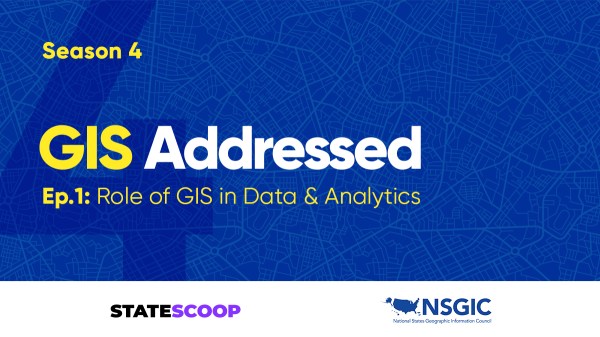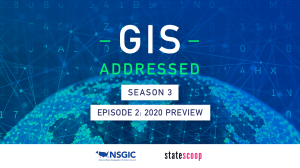
How transportation data can push autonomous vehicle deployment
In a world where cars are driving themselves, the lines, signs and other vehicles on the road take on a whole new significance.
On the latest episode of GIS Addressed, Minnesota’s chief geospatial information officer, Dan Ross, says all of those components that make up the road infrastructure play a role in how autonomous vehicles are integrated into the existing transportation ecosystem.
“Road data and transportation infrastructure are far more complex than one would think,” Ross says on the podcast. “Think about bridges, signals, signs, message boards, cable medians, guard rails, rest areas — just to name a few. They all play a role in how all sizes and shapes of vehicles can move through the system.”
With that many variables, standardization and consistency will be key, Ross says. One huge challenge, he said, are the various levels of government bureaucracy where that data is stored, and the different conflicting ways government might refer to places and things.
“Autonomous vehicles are all about a sense of place, and they need to know where those assets are, obviously, so they can avoid them as they travel,” Ross says. “A challenge when you think of road information is, at least in our state, that a road can have up to four different names. The number of attributes we need to describe a road’s condition itself is huge.”
Ross says his office has worked to develop standards to enable data sharing in the state government, which would lay a foundation for eventual data digestion by fully autonomous vehicles.
“We’ve built standards for making the data work better together and for data sharing. [We’re developing] common platforms that allow for better collection of data,” Ross says. “The technology and the tools are really helping us to overcome some of the challenges that we have with transportation data.”
On the podcast:
- Dan Ross, chief geospatial information officer, Minnesota
- Jake Williams, associate publisher and director of strategic initiatives, StateScoop
What to listen for:
- GIS is a great visualization platform to examine collected transportation data to see a real-time or change-over-time look at road conditions, Ross says.
- Data stewards, or individuals in different levels of government, responsible for maintaining clean, easy-to-understand, consistent datasets will be key to effective data sharing in the transportation sector, Ross says.
- While open tools like OpenStreetMap don’t provide data granular enough for government agencies to use when it comes to engineering and road construction information, Ross says they serve as a “reality check” to see how roads and areas are changing.
- Weather will be a key component in the safe integration of autonomous vehicle systems, especially in a state like Minnesota, Ross says. Being able to train an autonomous vehicle about how to respond to changing weather conditions, as well as how to handle other drivers on the road will be a key challenge.
GIS Addressed is a podcast from StateScoop and the National States Geographic Information Council about the role of geographic information systems in government.
In addition to listening to this podcast and other StateScoop podcasts on StateScoop.com, you can now subscribe on iTunes and have episodes delivered directly to your smartphone’s podcasts app when new episodes are released.


